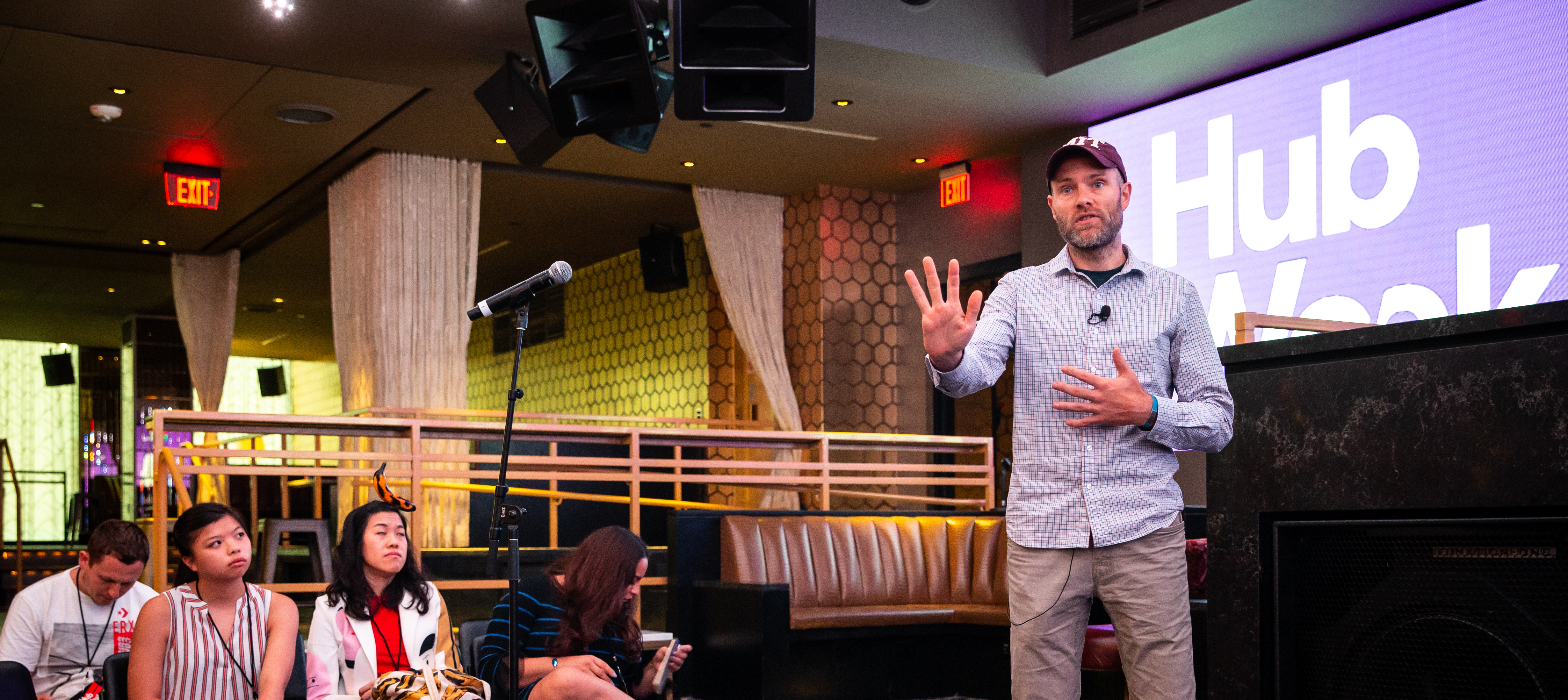For years, scientists and engineers have been working to meet public expectations for robots set by books, movies, and television. When imagining the way robots will impact us personally in the future, many picture a Jetsons-esque lifestyle in which our dishes and laundry are done effortlessly. While a robotic assistant would make everyday tasks simpler for almost anyone, there’s a population for whom this type of help would not only be a convenience, but a necessity: our silvering society.
By 2030, older people are projected to outnumber children for the first time in U.S. history.1 As more and more of our population lives longer and starts requiring care, the ratio of caregivers to people in need of care will be a serious issue. With robots in the home, people will be given an opportunity to age gracefully in the place where they’re most comfortable.
At the moment, the robots most often found in homes are vacuums or toys. You might be impressed by cool YouTube videos of robots doing backflips or opening doors, but in reality, today’s best robots are still pretty far from being able to complete basic household tasks.
So what’s been preventing progress? Consistency and reliability. The home is an unstructured environment where change is frequent and many variables are at play. Consider what could happen if a dog toy found its way into the laundry bin or if you brought home a new dish that looked completely different from the others. A robot programmed with machine learning and artificial intelligence would have a hard time understanding those objects based on what it was trained to recognize for those tasks.
The solution is solving fundamental issues in robot manipulation, as Toyota Research Institute (TRI) is doing by focusing on preparing robots for dexterous tasks in an unstructured environment. For TRI, engineering a system to deal with the unpredictability of the home hinges on the use of simulation. There simply aren’t enough hours in the day to run experiments of robots doing home tasks in the lab, so TRI does many more experiments in the cloud than ever possible in reality. Despite not being able to test in your exact kitchen, TRI has confidence that the results of robust simulated testing will transfer to a real robot.
Through simulation, TRI can attempt to understand the sensitivity of its robots to strange things happening that impede their ability to complete household tasks — like a banana peel on the kitchen floor or lighting that’s dimmer than expected. By generating random scenarios, TRI tests individual components of a task as well as end-to-end performance.
An example task TRI is exploring is loading a dishwasher. The goal, however, isn’t just to design a robot that can load a dishwasher. Instead, the task is used as a means to develop tools and algorithms that can be used in various situations. Loading a dishwasher requires a robot to recognize a variety of objects (and notice the difference between a plastic cup and ceramic cup, etc.) and also understand how each object fits within the dishwasher based on its size and shape. While TRI is presently exploring robust manipulation in the kitchen sink, the core ideas and algorithms are applicable to other efforts like verifying automated driving technologies.
For an older person or a person with special needs who has difficulty managing tasks like keeping a household up and running, having a robot at home to help with everyday chores can make a world of difference. It can enable personal independence and provide a sense of dignity and control. By amplifying the person’s capabilities, it alleviates the need for care from family, friends, or professionals. In the not-so-distant future, bringing these advanced robots into the home to do meaningful work will be both possible and rewarding.
1 https://www.census.gov/newsroom/press-releases/2018/cb18-41-population-projections.html

Hidden gems